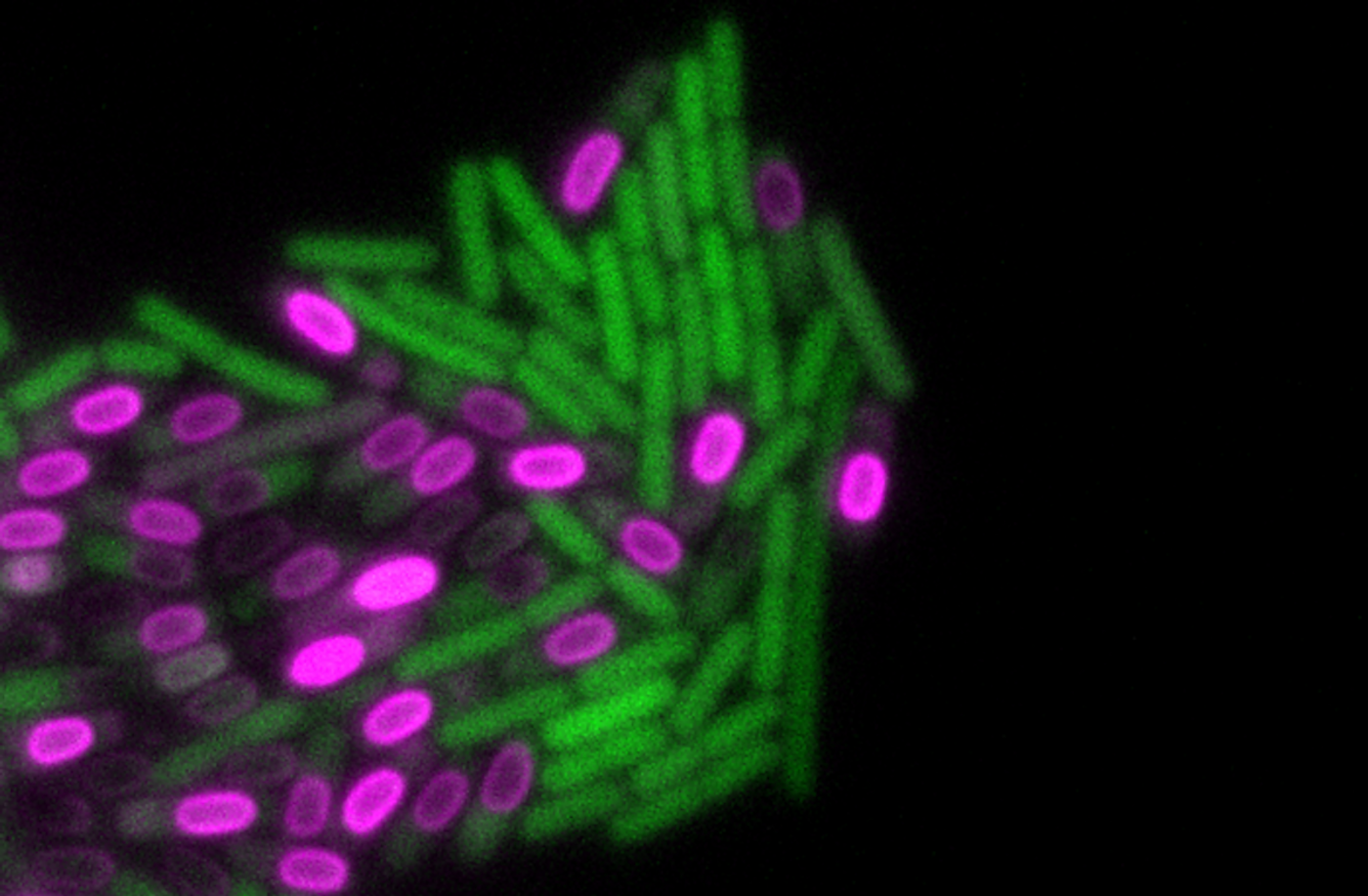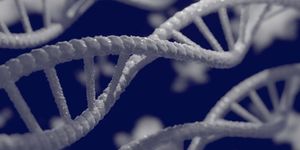Cells in Bacterial Biofilms Can Form Complex Patterns
Individual bacterial cells don't have much power on their own, but like other organisms, there is strength in numbers for microbes. Communities of bacterial cells are called biofilms, and these slimy, tough layers of germs can grow everywhere from sewer pipes to kitchen counters, medical devices, or even the surface of our teeth. They are often composed of different kinds of cells. The cells in biofilms can send signals to each to communicate, they can withstand cleansers and disinfectants, and they even have a kind of memory. Scientists have now found more evidence that these microbial communities are kind of like a higher-order organism; their cells can organize into elaborate patterns, a feature that was thought to only be seen in plants and animals. The findings have been reported in Cell.
This study suggests that "biofilms are much more sophisticated than we thought,” said senior study author Gürol Süel, a professor at the University of California San Diego, among other appointments.
During development, patterns arise in cells, and this research indicates that cells' ability "to segment themselves in space and time did not just emerge with plants and vertebrates, but may go back over a billion years,” Süel added.
In this study, the researchers found that a soil bacterium called Bacillus subtilis will form concentric rings, like those seen in segmentation clocks. The segmentation clock is a rhythmic, regulated pattern seen during animal development; it's a genetic network that controls the elongation of the body as it grows from a bunch of cells. It had been thought that cells would organize into such complex and controlled forms only in highly evolved organisms like fruit flies, mice, or humans.
The research showed that as a biofilm grows, consuming nutrients in the process, a 'wave' of depletion moves through the microbial cells, stopping their molecular clocks at a time and place. That generates a pattern of repeating cell segments, showing biofilms use a 'clock-and-wavefront' process, just like plants and animals, controlled by a genetic circuit.
“We can see that bacterial communities are not just globs of cells,” said Süel, who suggested that bacteria could be a new kind of model for investigating the patterns and processes underlying development in animals. “Having a bacterial system allows us to provide some answers that are difficult to obtain in vertebrate and plant systems because bacteria offer more experimentally accessible systems that could provide new insights for the field of development.”
Sources: University of California San Diego, Cell









